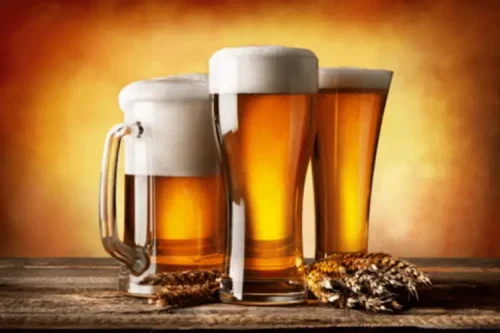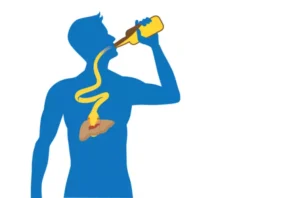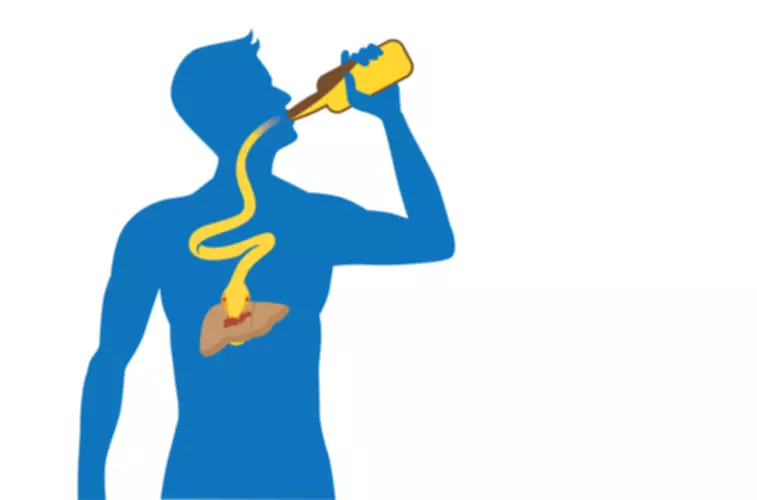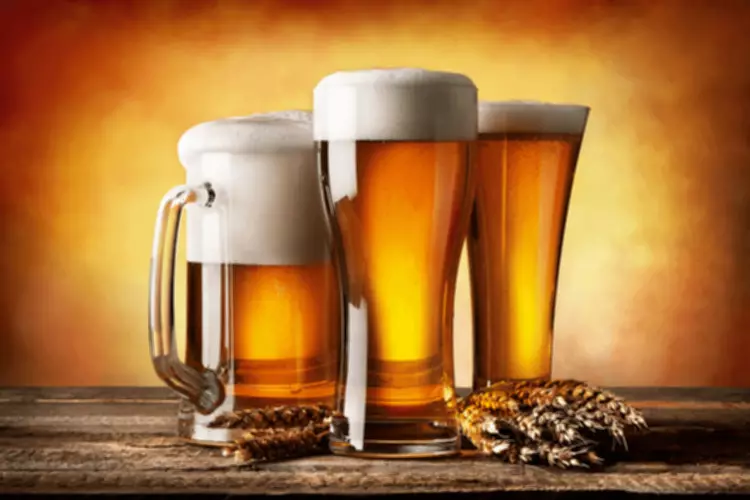
“Specifically, when you’re younger, your brain is going through a lot of changes. A huge risk factor for people who develop alcohol use disorder is early-onset drinking. So, if you drink before the age of https://ecosoberhouse.com/ 14, there’s about a 50% chance you’re going to develop an alcohol use disorder in your adulthood,” explains Dr. Anand. Researchers at McGill University in Canada performed positron emission tomography (PET) brain scans on 26 social drinkers and noted a “distinctive brain response” in the higher-risk subjects after they consumed three alcoholic drinks.

The dopamine system and brain reward circuitry

It all began in 2013 with a challenge called “Dry January,” during which participants took a month-long break from drinking following boozy holiday gatherings and rowdy New Year’s Eve parties. Presented in part at ACNP 2021 Poster Session as “PET clinical study of novel antipsychotic LB-102 demonstrates unexpectedly prolonged dopamine receptor engagement”, Poster P507. Volumes of interest (VOIs) from Hammers template 22 (caudate, putamen, thalamus, temporal lobe, and cerebellum) were applied to PET frames to obtain regional time-activity curves (TACs). TACs were used for tracer kinetic modeling and binding potential non-displaceable (BPND) was computed at caudate, putamen, thalamus, and temporal lobe taking cerebellum as a reference region. In PMOD, kinetic modeling analyses were performed using the simplified reference tissue model (SRTM) 23 and Logan 24 graphical reference tissue model. On providing informed consent, subjects were screened to determine study eligibility within 14 days of baseline PET scan.
Measures of Psychologic Discomfort and Negative Affect
Drunken brains are primed to seek pleasure without considering the consequences; no wonder so many hook-ups happen after happy hour. This phenomenon is known as the hedonic treadmill, keeping us metaphorically “running” to keep up with our new baseline level of pleasure — known as the hedonic setpoint. Without alcohol, our dopamine levels (and hedonic setpoint) remain at a healthy baseline. This means we need to drink more alcohol to get the same effect, sending us down the road to dangerous drinking habits or perhaps misuse. Alcohol interferes with the brain’s communication pathways, disrupting the delicate equilibrium of our neurological functions.
- For example, increased serotonin release after acute alcohol exposure has been observed in brain regions that control the consumption or use of numerous substances, including many drugs of abuse (McBride et al. 1993).
- That’s called a “dopamine deficit state,” and the cycle that leads us there can actually lead to depression, anxiety, irritability and insomnia.
- Reinforcement appears to be regulated by the interaction of multiple neurotransmitter and neuromodulatory systems.
- Dopamine is known as the feel-good neurotransmitter—a chemical that ferries information between neurons.
- Dopamine is a neuromodulating compound that is released in the ventral tegmental area (VTA) and projects to the nucleus accumbens (NA) where it is acutely involved in motivation and reinforcement behaviours.
Accumbal dopamine overflow after ethanol: Localization of the antagonizing effect of mecamylamine

To examine differences between tonic and phasic release, we applied stimuli at varying frequencies before and after the application of the β2 subunit-containing nAChR antagonist, dihydro-β-erythroidine hydrobromide (DHβE; 1 µM). DHβE was applied to slices to isolate dopamine axons from the influence of nAChRs. Multiple slices per subject were sometimes used with no more than two slices per subject/brain region included in any experiment. CFEs were calibrated post hoc against a solution of 1 µM dopamine dissolved in voltammetry ACSF.
How Does Alcohol Affect Your Brain?

The potential for drugs that target NOP receptors for treatment of alcohol dependence awaits further investigation. Given our findings showing differences in dopamine release, it might be assumed that these effects are attributable to changes in presynaptic dopamine terminals. It should be noted, however, that our study utilized electrical stimulation to induce dopamine release. This stimulation method is nonspecific and activates all axons and neurons near the stimulus electrode, including cholinergic interneurons. Thus, it is possible that electrically stimulated dopamine release could be due to several effectors beyond depolarization of the dopamine terminal.
However, the 5-HT1A receptor antagonists also altered food and water intake, suggesting that this receptor may modulate general consummatory behavior rather than specifically reduce the desire to drink alcohol. In humans, the 5-HT3 receptor antagonist ondansetron reduced total alcohol consumption and the desire to drink in alcoholics; as with the SSRI’s, however, this effect was relatively modest (Johnson et al. 1993; Pettinati 1996; Sellers et al. 1994). Your brain adapts to the sudden increase in the neurotransmitter by producing less dopamine, but because of the link to pleasure, it doesn’t want you to stop after a few drinks — even when your dopamine levels start to deplete. Dopamine levels fall, and the euphoric buzz goes with it, but your brain is looking to regain the feeling caused by the increased level of dopamine.

Place obstacles between you and your addictive behaviors
Acetaldehyde is a highly reactive compound that reacts with several catecholamines (i.e. dopamine and serotonin) in the brain. Opioid systems involving endogenous opioids (endorphins, enkephalins and dynorphins) influence drinking behaviour via interaction with the mesolimbic system. Into Action Recovery Centers provides an abstinence-based program and all of our staff members have a strong understanding of the recovery process through personal experience. We are passionate about sharing the process involved in living a drug and alcohol-free life. We offer free aftercare for the men who complete our program and have a strong alumni network that remains active in the community.
MeSH terms
Clinical and experimental evidence indicates that increased sensitivity to stress during abstinence reflects, in large part, adaptations in neuroendocrine and brain stress systems induced by chronic alcohol exposure (see below). Taken together, enhanced stress reactivity in dependent subjects has both physiologic implications as alcohol and dopamine well as cognitive/behavioral potential for influencing relapse vulnerability. Serotonin predominantly arises from neurons within the raphe nuclei of the hindbrain, which send broad projections that innervate all levels of the brain. Serotonin exerts its known role in modulating various regulatory behaviors (e.g., feeding, sleep/arousal, aggression), mood, and emotional aspects of motivational behavior via several metabotropic (5-HT1 and 5-HT2 subtypes) and ionotropic (5-HT3) receptor systems throughout the brain.
Comments are closed.

